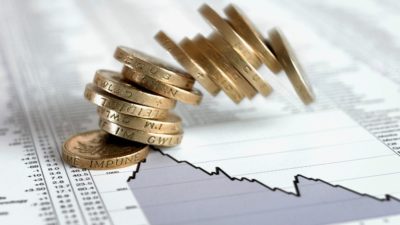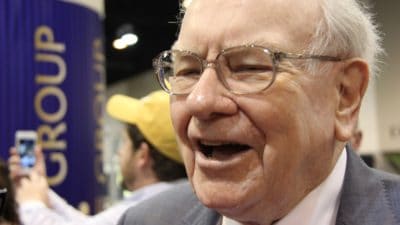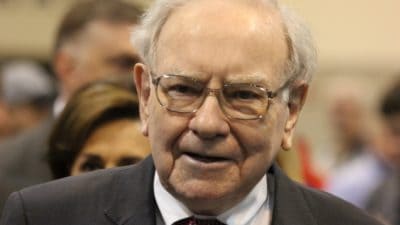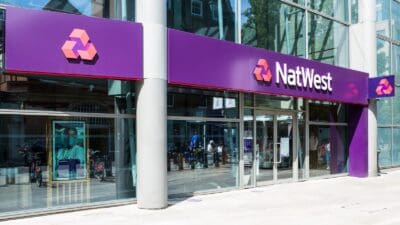Barclays (LSE: BARC) (NYSE: BCS.US) is currently facing a tidal wave of challenges, all of which have overshadowed the bank’s share price for much of the past year.
Indeed, one of Barclays’ most pressing problems is the requirement by regulators that the bank ringfence its UK retail operations. Ringfencing requires the bank to setting up a separate retail bank with independent management team and computer system — a huge structural overhaul.
Then there are the lawsuits pending against the bank. Some analysts have predicted that Barclays could be facing litigation losses in excess of £7bn over the next four years, although this is a “worst-case scenario”.
And finally, Barclays’ capital position is under scrutiny, as the bank tries to appease regulators by lowering its leverage ratio and shrinking the balance sheet.
With pressures against the bank rising, some analysts have floated the idea that, to try and save its skin, Barclays could split itself in two.
A radical idea
Aside from Barclays’ investment banking arm, where most of the bank’s troubles lie, Barclays is in good shape. Indeed, City analysts believe that if Barclays were to split off its UK retail banking operations, they could fetch as much as £30bn on a multiple of 12 times earnings. Barclays’ current market cap is £37bn.
Not only would this spin-off solve the problem of ringfencing, but the proceeds received would crush concerns about Barclays’ balance sheet by adding billions to the bank’s its capital cushion. City analysts have estimated that after the float, the parent company would have a core tier one ratio of 12.8% and a leverage ratio of 4.4% by 2015. Management is currently targeting a leverage ratio of 4% by 2016.
This break-up would also help Barclays distance itself from litigation costs, which are likely to be incurred by the investment bank.
However, the above analysis does leave out one key point; what will happen to Barclays’ world leading credit card business, Barclaycard?
World leading
Put simply, Barclaycard is Barclays’ most profitable business. Indeed, last year the credit card company’s return on equity – a key measure of bank profitability – stood at 19%. Barclays’ investment banking return on equity was less than 5% during the same period.
Barclays could really benefit from spinning off, or selling Barclaycard. For example, companies such as American Express, which offer a similar service to Barclaycard, trade at around 20 times earnings. This would give Barclaycard a valuation of more than £20bn, using pre-tax income.
Still, as of yet there are no break-up plans on the cards. So, it’s up to you whether you decide to buy, sell, or hold Barclays. However, with so many risks on the horizon Barclays may not be suitable for every portfolio and I’d strongly suggest you look a little closer at the company before making any trading decision.








